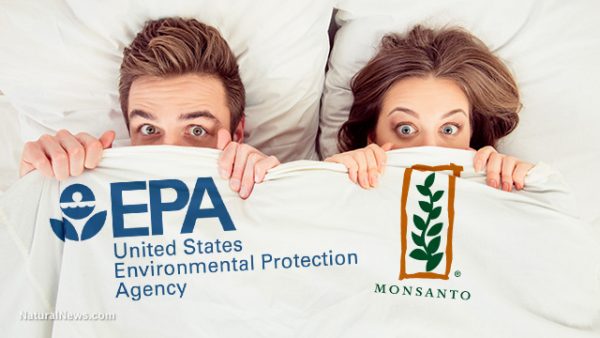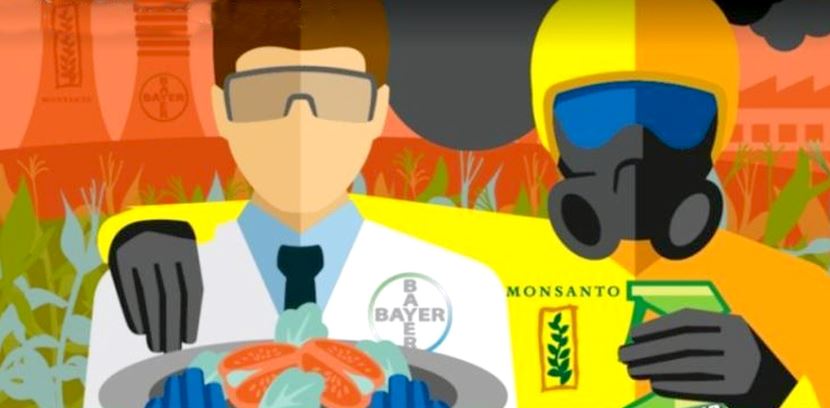The Endocrine Society, comprised of researchers and physicians from over 122 nations, has been researching the causes of hormonal disruptions for over 100 years. They’ve recently announced that a “class of pesticides” called pyrethroids, which “account for more than 30% of global use” . . .”may cause boys to reach sexual maturity earlier.”
Jing Liu, Ph.D., from Zhejiang University in Hangzhou, China, acted as lead investigator for the Endocrine Society. They studied 463 boys ranging in age from nine to sixteen years. The researchers were testing the subjects’ urine for a particular chemical “molecule called 3-phenoxybenzoic acid (3-PBA).” They discovered that if a boy had a 10% increase in 3-PBA, that increase would influence an uptick in “the boy’s level of luteninizing hormone (LH) and follicle-stimulating hormone (FSL).” These two hormones cause the production of testosterone.
Dr. Liu surmised that if a boy’s urine contained elevated levels of 3-PBA , the odds would increase to 73 – 110% that this young man would experience “an advanced state of genital development.” Tragically, this then cascades into other difficulties. Hormonal disruptions that cause early sexual development can also trigger behavioral problems and stunted growth. Additionally, as an adult, men have an increased risk of testicular cancer.
It’s always the children who are the most vulnerable to environmental exposure to chemicals. And it starts in the womb, says the Environmental Working Group (EWG), who tested the “umbilical cord blood of ten” infants in 2009 and found 230 “industrial pollutants,” including lead, mercury and polychlorinated biphenyls (PCBs).
Every year, according to the Pesticide Action Network (PANNA), “an estimated one billion pounds of pesticides are applied to U.S. farms, forests, lawns and golf courses.” Let’s not forget to add schoolyards, downtown shopping districts, and parks to that list. These insect killers have a deadly myriad of toxic ingredients circulating in more than 17,000 products at your local grocery, retail, drug and hardware stores.
There’s little doubt that every single person in America stores a little pesticide inside their body, even if these products aren’t personally used. Take DDT for example. As reported by Epa.gov, this substance was one of the first synthetic pesticides created in the 1940s and used profusely until it was banned in 1972. Today, DDT is considered a probable human carcinogen. Yet, even though it’s been banned for over fifty years, says Panna.org, when the CDC does tests, DDT is found in 85% of persons tested.
The pyrethroid synthetic pesticides studied by Dr. Liu are promoted by the Biotechnology and Biological Sciences Research Council (BBSRC) in the United Kingdom. The BBSRC proudly shares a timeline of this synthetic pesticide’s development, which started in 1948. The original pyrethrin was a natural component of Chrysanthemum flowers, a compound that has been extracted and used for pest deterrence “for thousands of years.” As industrial agriculture grew, the plant-based substance was considered too unstable, thus the development of synthetics. Today, pyrethroids are used against mosquitoes, sprayed in residential areas, and on some crops. One interesting note of propaganda in their history timeline reads:
“They [synthetic pyrethroids] are around twenty times more effective at killing insects than DDT without the serious environmental or health impacts.”
Seems we’ve been told this before, yes?
Sources:
AboutEndocrine.org
Endocrine.org
Ewg.org
Panna.org
Science.NaturalNews.com
Panna.org
Epa.gov
Bbsrc.ac.uk





















